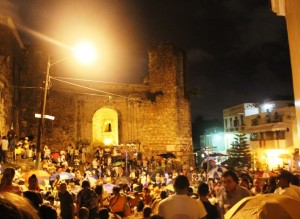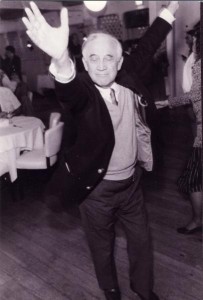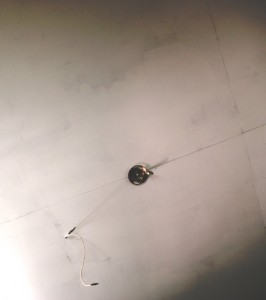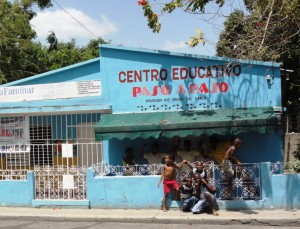
Hi everyone,
After almost two years in the Dominican Republic with HOPE International, I am now back in the States. My specific projects: working in community banking with Esperanza (the local microfinance institution), and working in the lending program to small, affordable Christian schools with Edify (a partner microfinance institution), have come to a close, but my journey isn’t over.
After many meetings, conversations, and prayer, I will continue serving in the area of Christian microfinance with Edify coming up in 2013 in Nicaragua and Honduras. I am hoping to dedicate the November newsletter to this next stage of my life so stay tuned for details, but for now, if you have been financially supporting me in the Dominican Republic, this remaining funds will transfer over automatically into my support fundraising for 2013. You are also welcome to close that support as of this month or the end of the year, but I will keep you on this monthly newsletter as I make the transition to serving in Central America.
On my last trip in the DR, I gave a small talk to an audience of HOPE International partners during our annual President’s Trip. I thought it’d be a fitting way to share my thoughts as I draw a significant chapter of my life to a close this month. See below.
(This is my prepared speech transcript for a talk I gave from this past weekend during a “TED Talks” session at the HOPE President’s Trip)
I used to tell people that there were about 10 reasons why I quit my corporate job in Marketing to go learn Spanish in Guatemala and volunteer with HOPE International here in the DR two and a half years ago. One of those reasons was so that I’d find something to write home about. It was kind of a sheepish way of saying, “I want to find some good writing material so that I can practice.” But let me tell you, it is a dangerous thing to open yourself up to a blank page especially when you’re giving the pen to the Lord.
 If you’re like me, then you like to read and write, and take pictures of your travels. You aim to have good stories, or at least a point of reference so that when people ask you, “So, what did you do in the DR?” You can provide them with answers such as: I went to these economically poor communities, met amazing entrepreneurs who live on $2-3 a day, served with some solid Christian leaders with the local lending partners Esperanza and Edify, and I visited some picturesque beaches and areas of natural beauty, some of which are displayed here.
If you’re like me, then you like to read and write, and take pictures of your travels. You aim to have good stories, or at least a point of reference so that when people ask you, “So, what did you do in the DR?” You can provide them with answers such as: I went to these economically poor communities, met amazing entrepreneurs who live on $2-3 a day, served with some solid Christian leaders with the local lending partners Esperanza and Edify, and I visited some picturesque beaches and areas of natural beauty, some of which are displayed here.
Sometimes it can feel like we need to check a box, and don’t get me wrong, I believe in the power of using “checklists” in microlending, but I don’t feel like we should need to check a box when opening up our travel journal and conjuring up an episode of inspiration just so that we can tell people that we did something.
 Rather, the experience of opening yourself up to a blank page is something that can, and maybe should be, overwhelming. Through these two years that the Lord has guided me, I’ve realized is that even after thousands of written words, there are so many experiences that I’m still not fully able to write about. I’m not able to communicate the depth or the gravity of the feeling with words or pictures. These are things that have the power to move, to shift and to shape.
Rather, the experience of opening yourself up to a blank page is something that can, and maybe should be, overwhelming. Through these two years that the Lord has guided me, I’ve realized is that even after thousands of written words, there are so many experiences that I’m still not fully able to write about. I’m not able to communicate the depth or the gravity of the feeling with words or pictures. These are things that have the power to move, to shift and to shape.
How can I explain to you, for example, what it’s like to have two Dominican brothers with whom I only speak Spanish. They love me like a brother even though I’m white, twice their size, and 23 years older than the youngest of the brothers, Josias. Having a family take me in and treat me like a son is an experience that I couldn’t even begin to write home about. It is a strange and beautiful thing. And that’s how most of my stories began.
Public Cars in Santo Domingo: The First of Several Hundred
For example, on my very first week in the country, I was uninitiated to the informal public transportation system in the capital, Santo Domingo. They have these “public cars” which run common bus routes throughout the city. You pay your fare, you squeeze into the car, and you yell at the driver when you want to get out. Simple and effective.
So I’m smashed in the back seat next to a heavy set Dominican, so close, I can’t really tell who’s sweating. I have no idea how in-car cash transactions work, but luckily my new neighbor, who I still have great trouble in understanding his accent is smashed up next to someone in the front and is going to help me out. He reaches his arm through his headrest and forms the number “two” with his hand, which means I guess I’m paying for him. I had some bills in my hand so I take out 100 peso bill, reach it  through the window on the outside. He grabs it from the outside of the car, makes the transaction with the driver (whose driving this beat up car at about 40 mph making change), hands the coins to the guy sitting in the middle on the gear shift box who then hands the change to my large seatmate next to me in the back.
through the window on the outside. He grabs it from the outside of the car, makes the transaction with the driver (whose driving this beat up car at about 40 mph making change), hands the coins to the guy sitting in the middle on the gear shift box who then hands the change to my large seatmate next to me in the back.
Now, I’m stuck with heavy, sweat-laden coins in my left hand. I’ve got no room. Can’t flex my arms to put in my pocket. Just plain stuck. I realize, that this is how I have to sit for the next 10-15 minutes . . . and little did I know, this is what I’d be doing a few hundred times for the next two years of my life.
The Multitude of Shoe Shiner Salesmen
Another side of Dominican culture that you’ll quickly discover is that men here always have nice shoes. Consequently everywhere you go in the city you can find shoe shiners. Well, one day as I was walking home from work I saw two young boys, probably ages six or seven carrying their shoe  shiner boxes toward me. With smiles on their faces, they were bouncing along headed up the street talking to each other, and the one closest to me approaches my path with a little bit of swagger.
shiner boxes toward me. With smiles on their faces, they were bouncing along headed up the street talking to each other, and the one closest to me approaches my path with a little bit of swagger.
He sees me looking at him, and yells up to me, “Hey American, give me five pesos!”
I respond to him, “No, I’m sorry little brother I . . .”
He interrupts me and looks up at me with a huge grin on his face, sticks his finger out and says, “Malo!” (You’re bad!)
He and his buddy laugh as they scamper off.
I thought to myself, “I really don’t think he’s going to make a lot of sales with that attitude.”
Contrast this with the experience with one young gentleman on the streets of San Cristobal. Ariberto (pictured below and to the left) shines shoes to earn money for his breakfast. He sat down next to me while I was waiting to get  picked up and asked me “Why are you here? What are you doing?”
picked up and asked me “Why are you here? What are you doing?”
From that point on, we talked about life and faith, and the fact that his dad has diabetes and can’t work. His mom works outside the home during the mornings, so he’s out on the streets shining shoes for money and to buy breakfast. He talked about how his life was hard and that he felt alone in his life. I asked him if he believed in God and if he thought God cared about what he did with his life. I shared more with him about how the Lord really cares about him and we know that because He sent His son Jesus to us to guide us, live among us, and be our way to enter Heaven. He agreed and then smiled and I urged him to keep praying. After a short silence, I said to him, “Well, my shoes could use a shine.”
The 65 Year-Old Entrepreneur
Just last week, I got to hang out with one of my favorite people in the DR. Her name is Elena and I first met her as she was running to the houses in her community to get members to show up for Esperanza’s presentation to the communi ty. Running! A 63 year-old Haitian woman running to tell the good news to her neighbors that Esperanza, “Hope,” had arrived.
ty. Running! A 63 year-old Haitian woman running to tell the good news to her neighbors that Esperanza, “Hope,” had arrived.
I spoke with Elena back then and she told me that she helped to start nine banks of HOPE. She was so well-respected in the community that she was (and still is) a prominent leader in a large Haitian population in an area called Villa Mella. Now, Elena has three children of her own, but I can guarantee you that she is a mother to many more women that in her community.
So last week I caught up with her. She was in typical form. Carrying around her cell phone. This time with a charger. That should tell you how much she talks! Within a minute, she was on her phone again yelling at a friend of hers to repay back her debt to Esperanza. When she finally sat down, I returned to that same question I asked almost two years ago to get the math straight: how many banks she had helped to start. We counted together. From the nine there were 11 more, for a total of 20 banks. That’s about 300 people she’s helped to get loans. 300 women who trusted her, and believed in her.
 With her most recent loan she paid off a truck that she uses to buy coconuts from the country and sell them in the market. Her next purchase: land to grow the coconuts. Sixty-Five years old, 20 banks, and a new smile from a dental trip two weeks ago that gave her eight new teeth.
With her most recent loan she paid off a truck that she uses to buy coconuts from the country and sell them in the market. Her next purchase: land to grow the coconuts. Sixty-Five years old, 20 banks, and a new smile from a dental trip two weeks ago that gave her eight new teeth.
The Power of Story
See these are some of the stories I’ve written home about, but what I found was that I could never fully capture these moments in words, nor in pictures.
In truth, maybe they captured me. Because these stories aren’t just what I wrote about, they are what I am now.
• After being jostled and crammed in hundreds of rides in Public Cars – I am more patient.
• Hearing hundreds of shoe shiners pitches – I know when to listen.
• Seeing true faith, passion, and dedication – I know who I want to be when I grow up.
Thank you for your time.
(end of speech)
———————————-
Stay tuned for next month’s newsletter on more of what I’ll be doing in 2013.
I pray that you would see how God is using your skills and abilities to be involved where you are in your home, your community, and your church.
For we are God’s handiwork, created in Christ Jesus to do good works, which God prepared in advance for us to do. (Ephesians 2:10 NIV)
Blessings to you and your family,
-Aaron
aroth@hopeinternational.org
Skype: aprothwm05
Web: www.AaronRoth.net

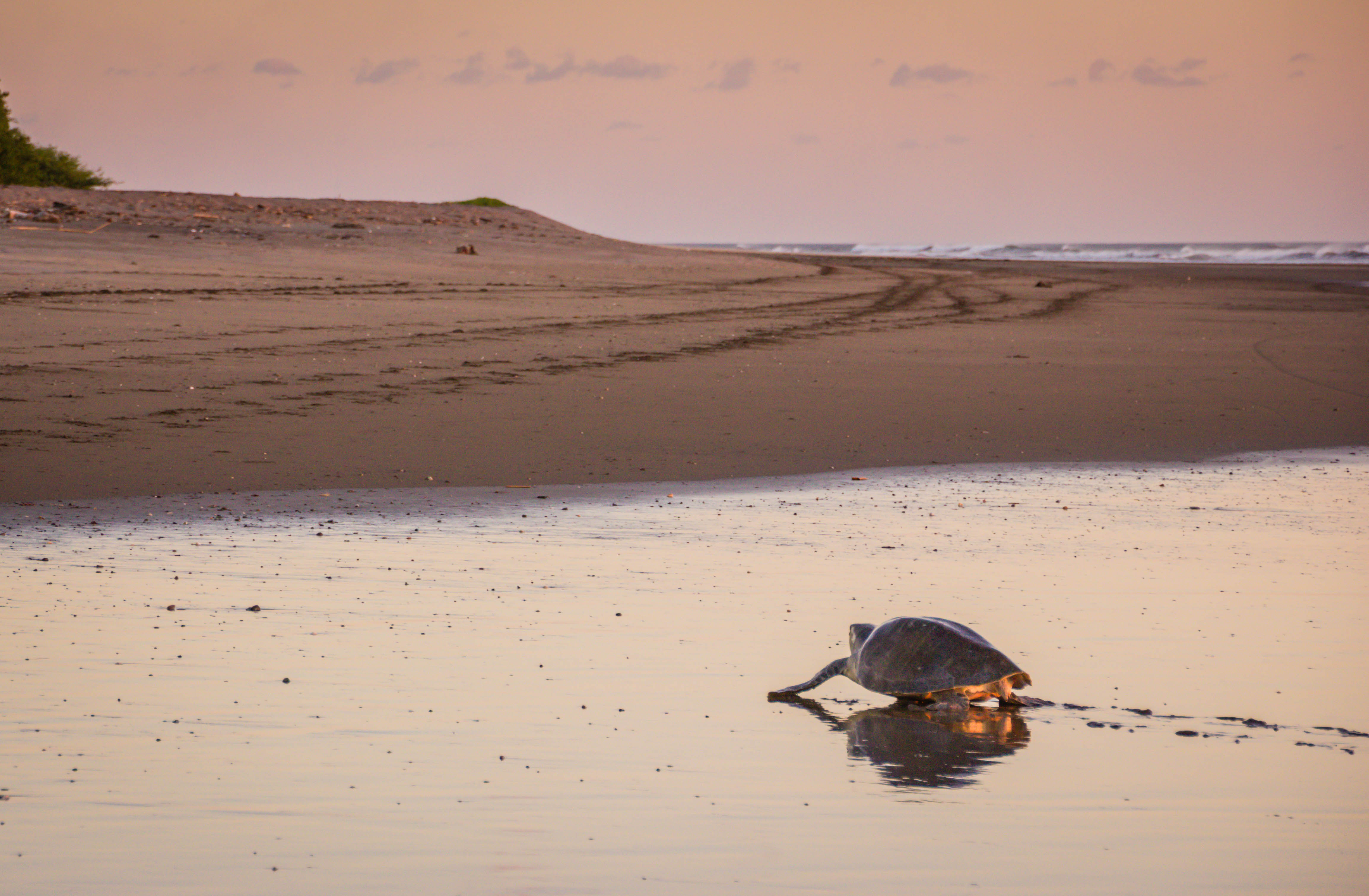
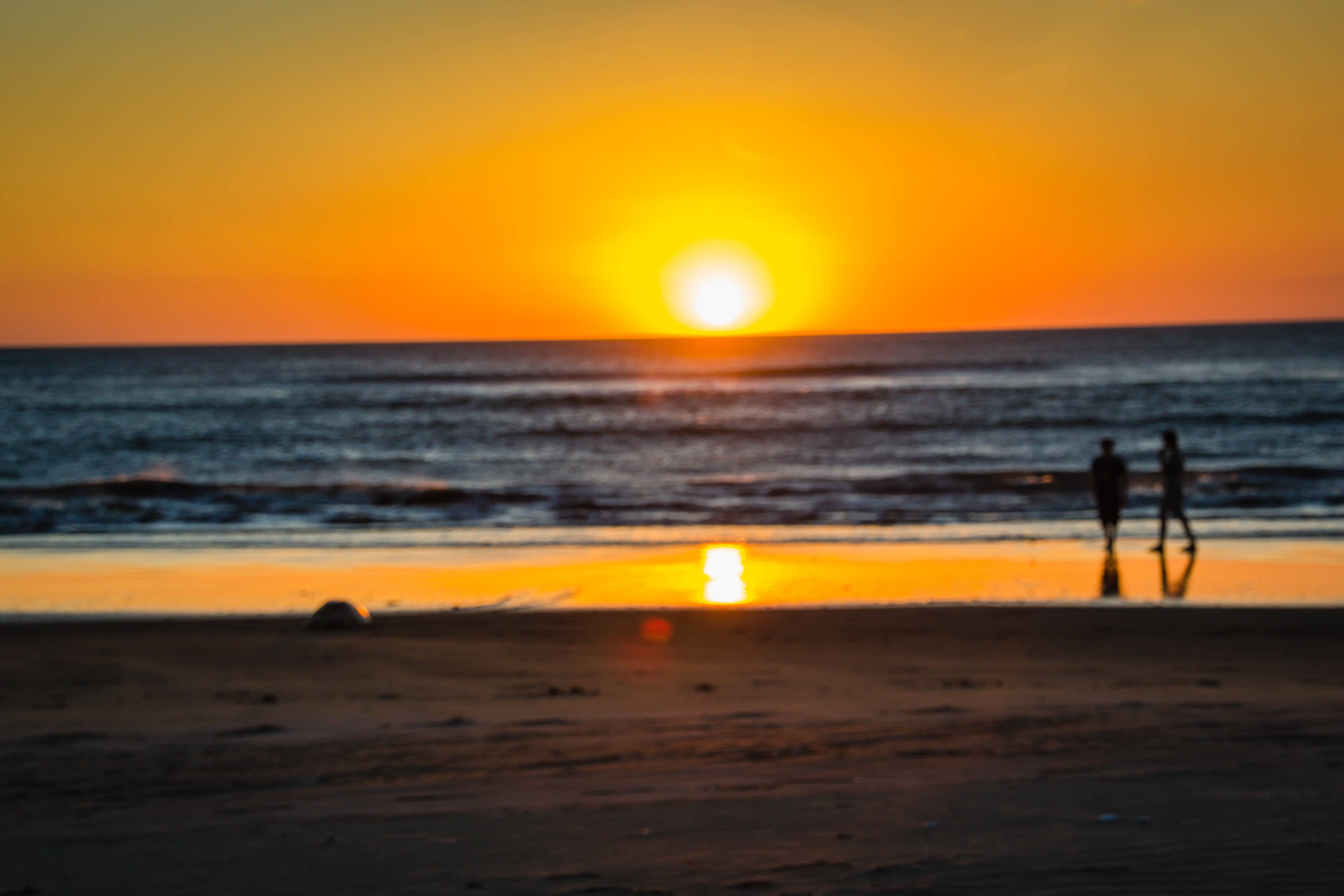
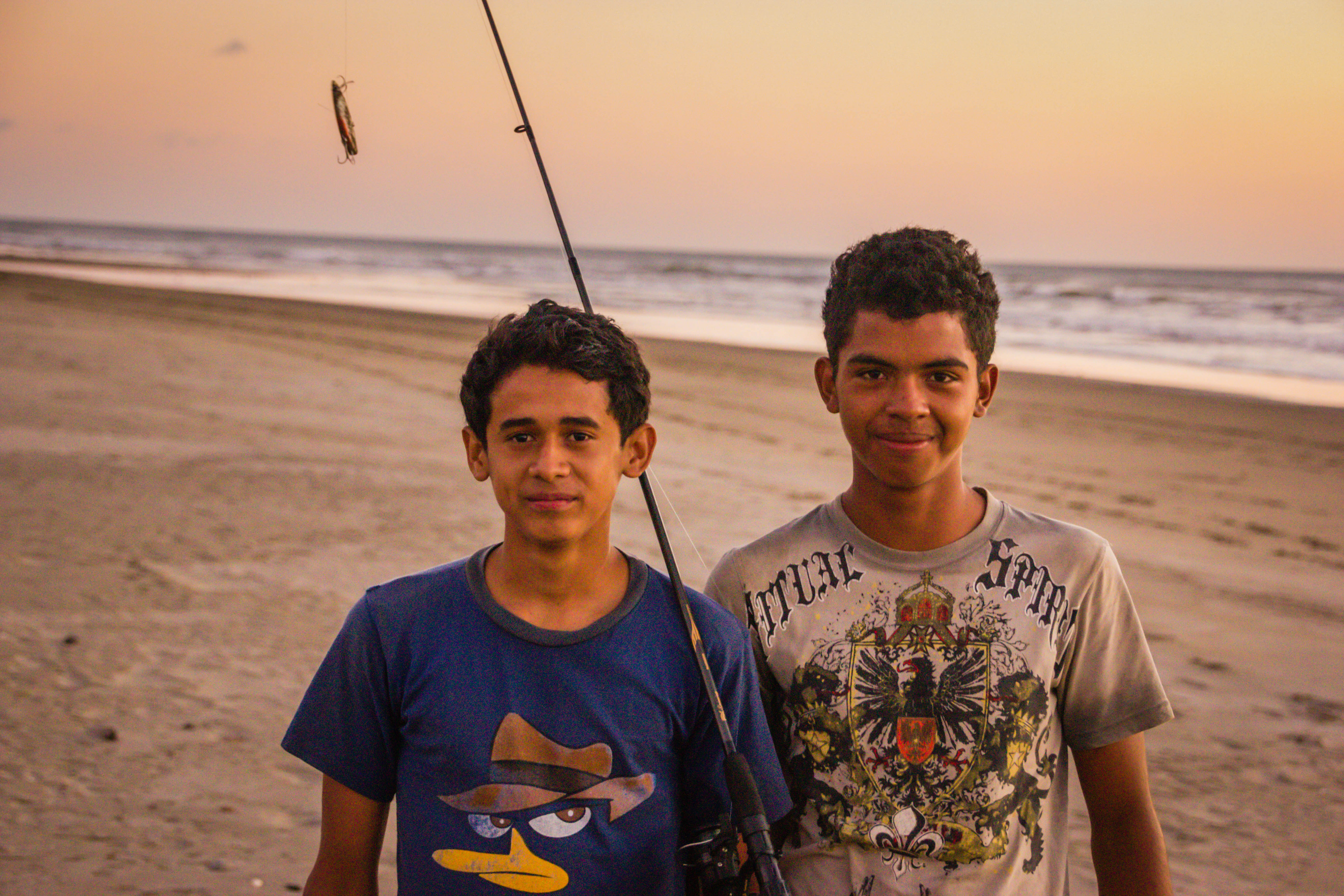
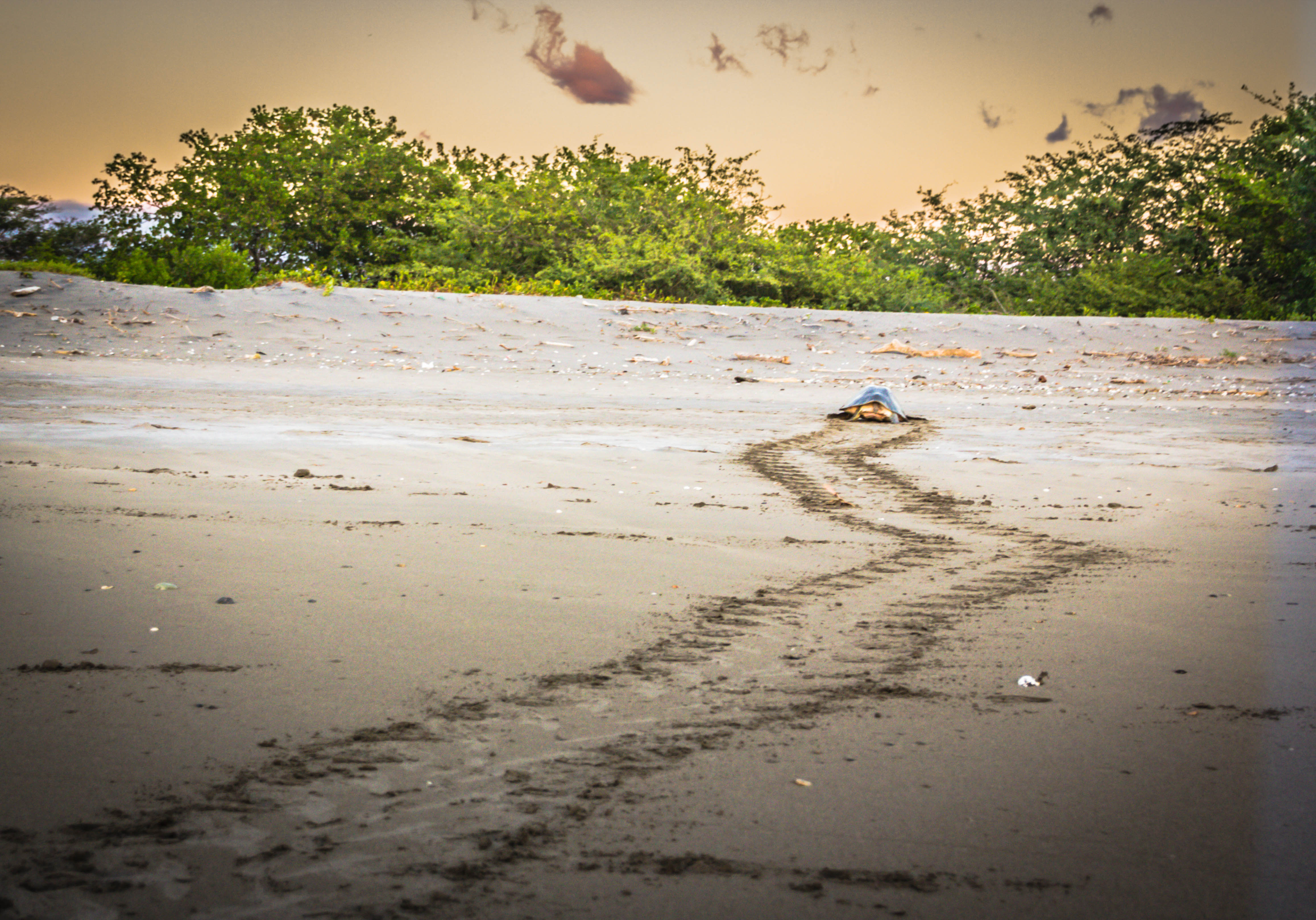
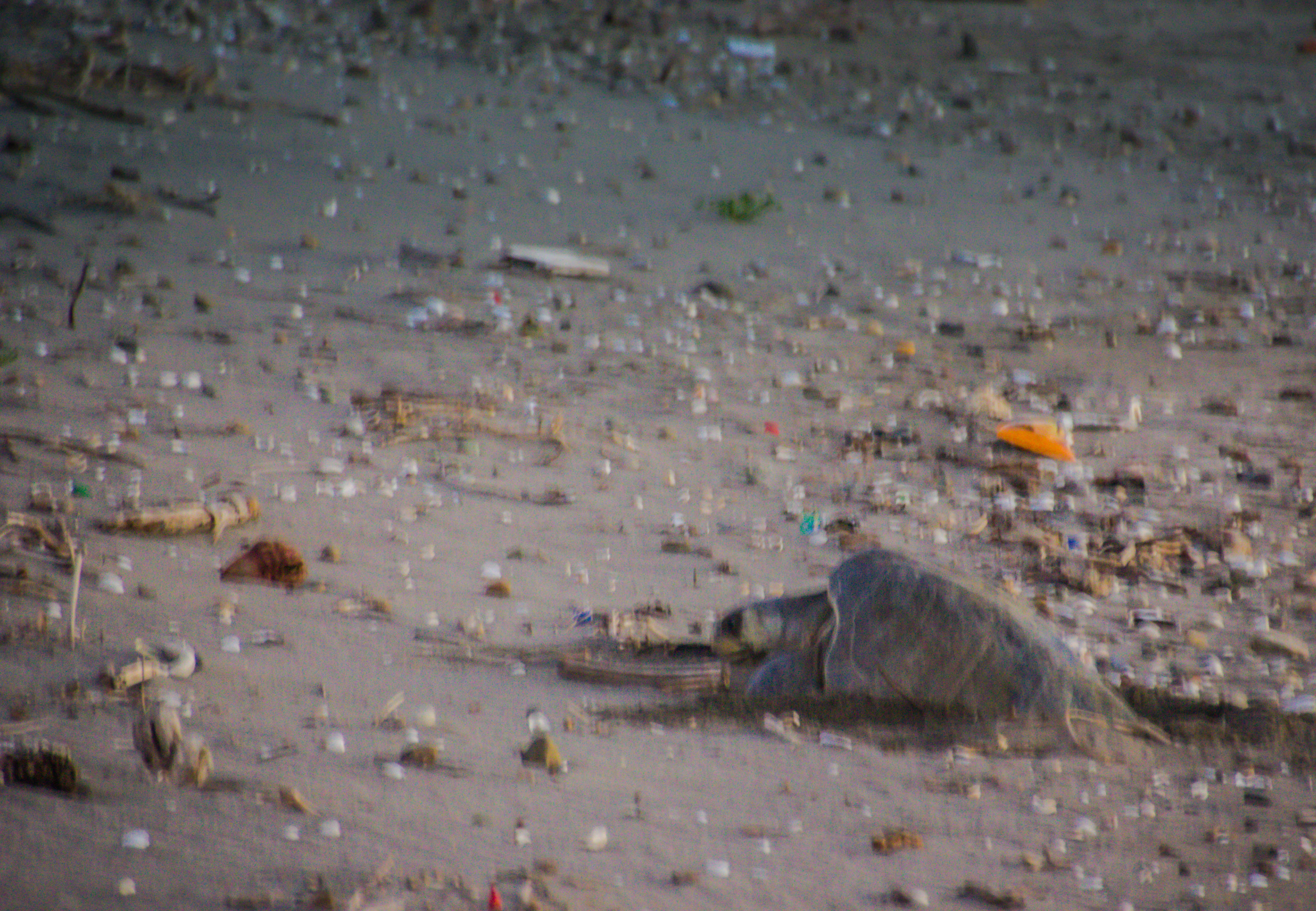


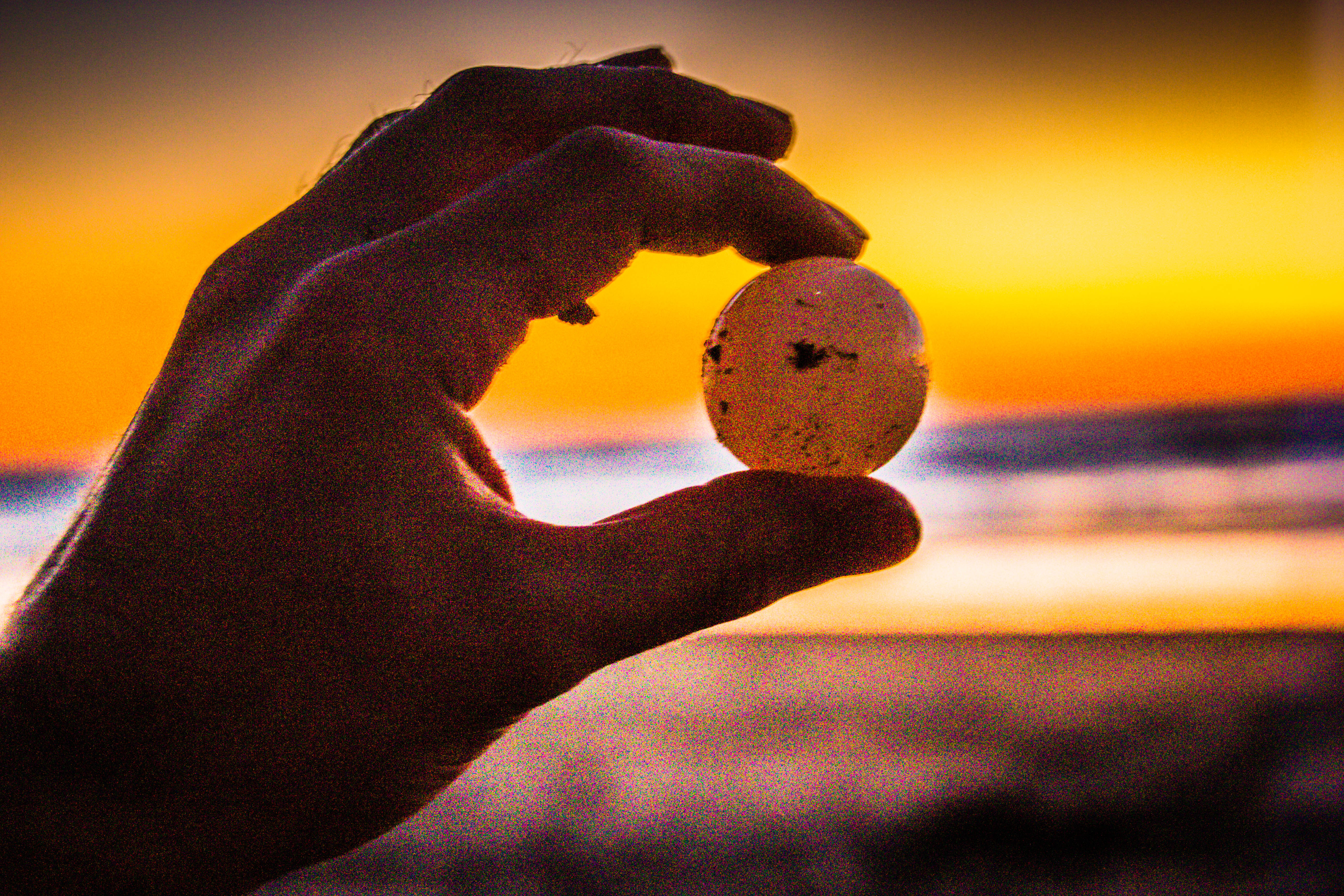
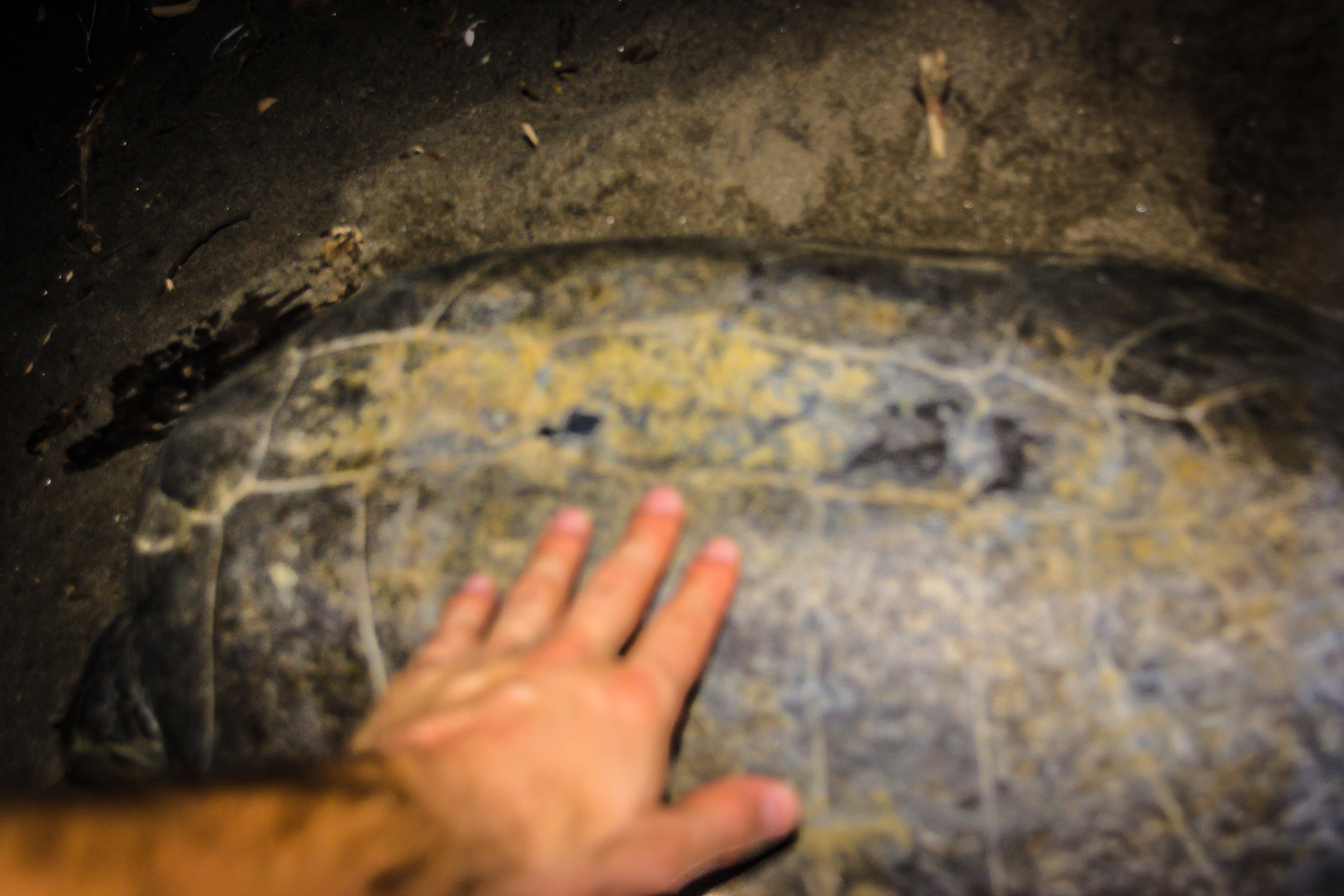
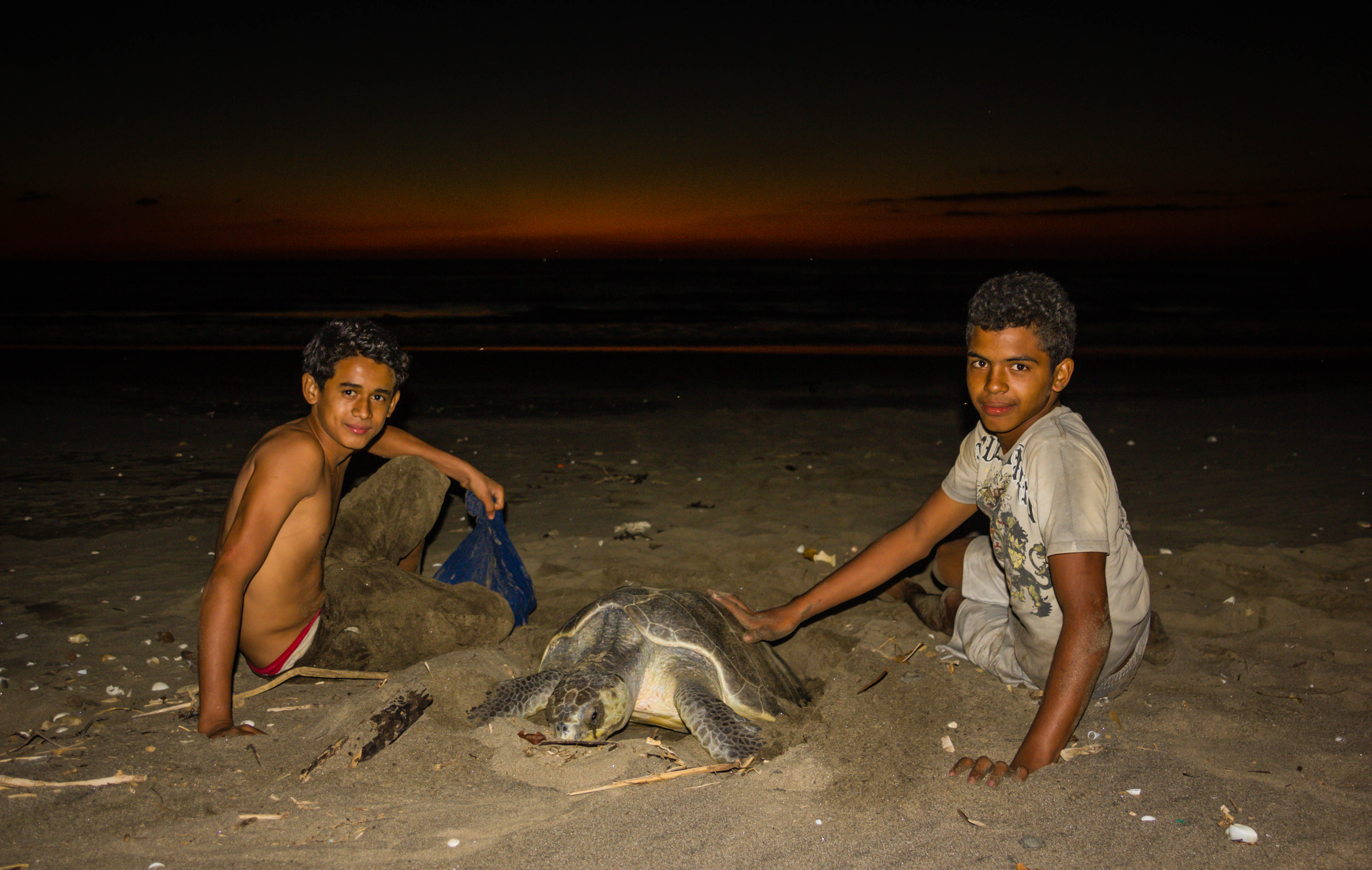

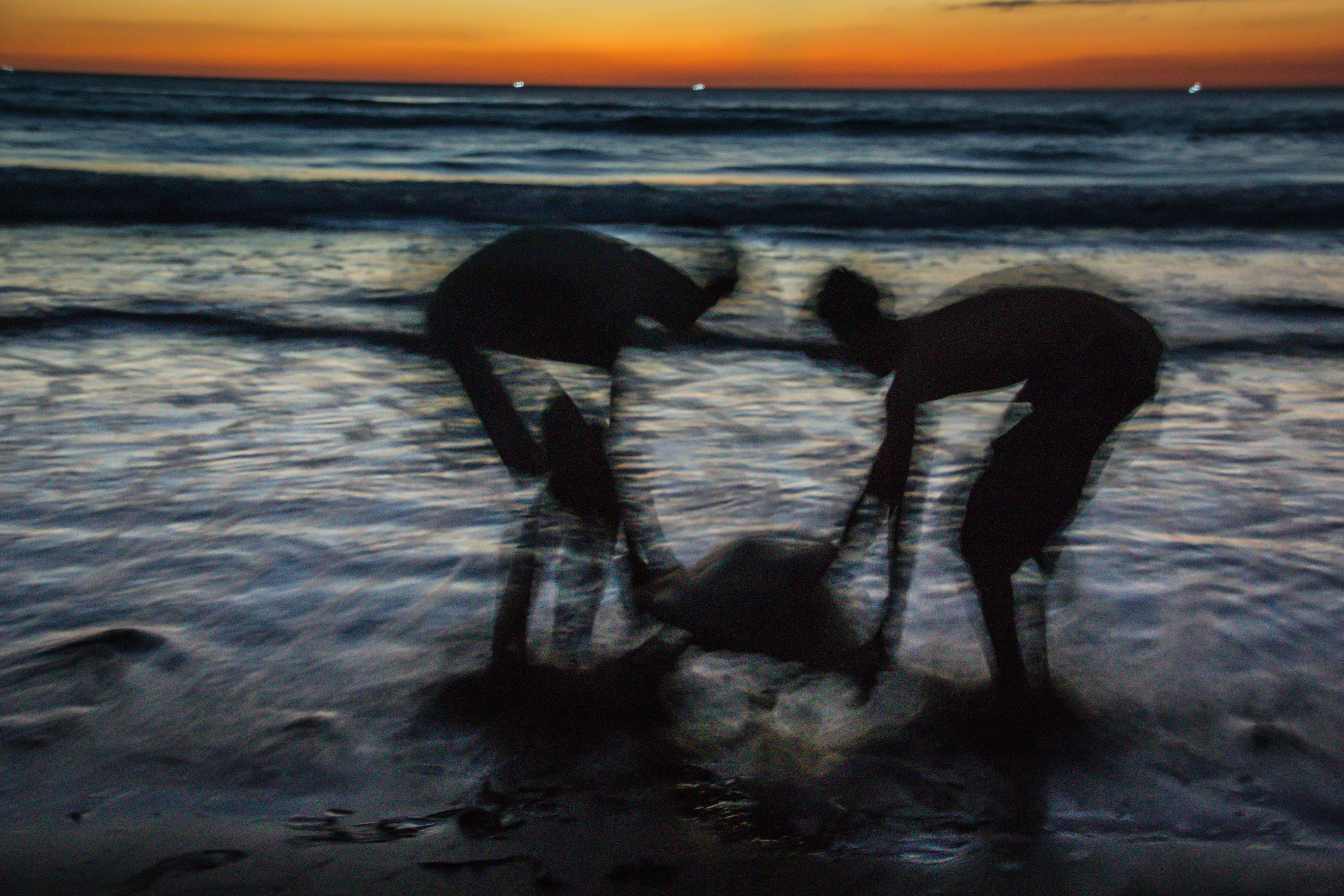
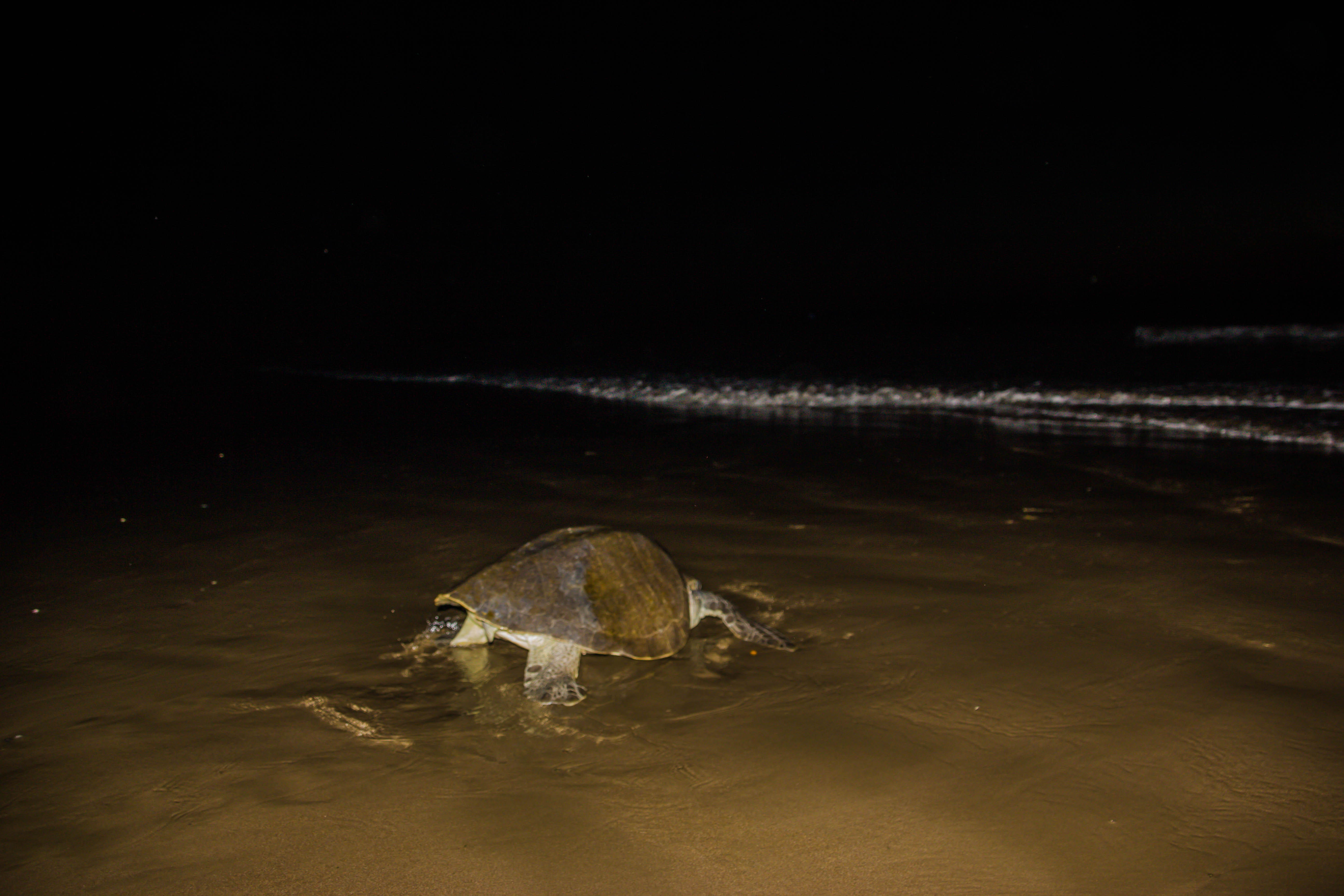
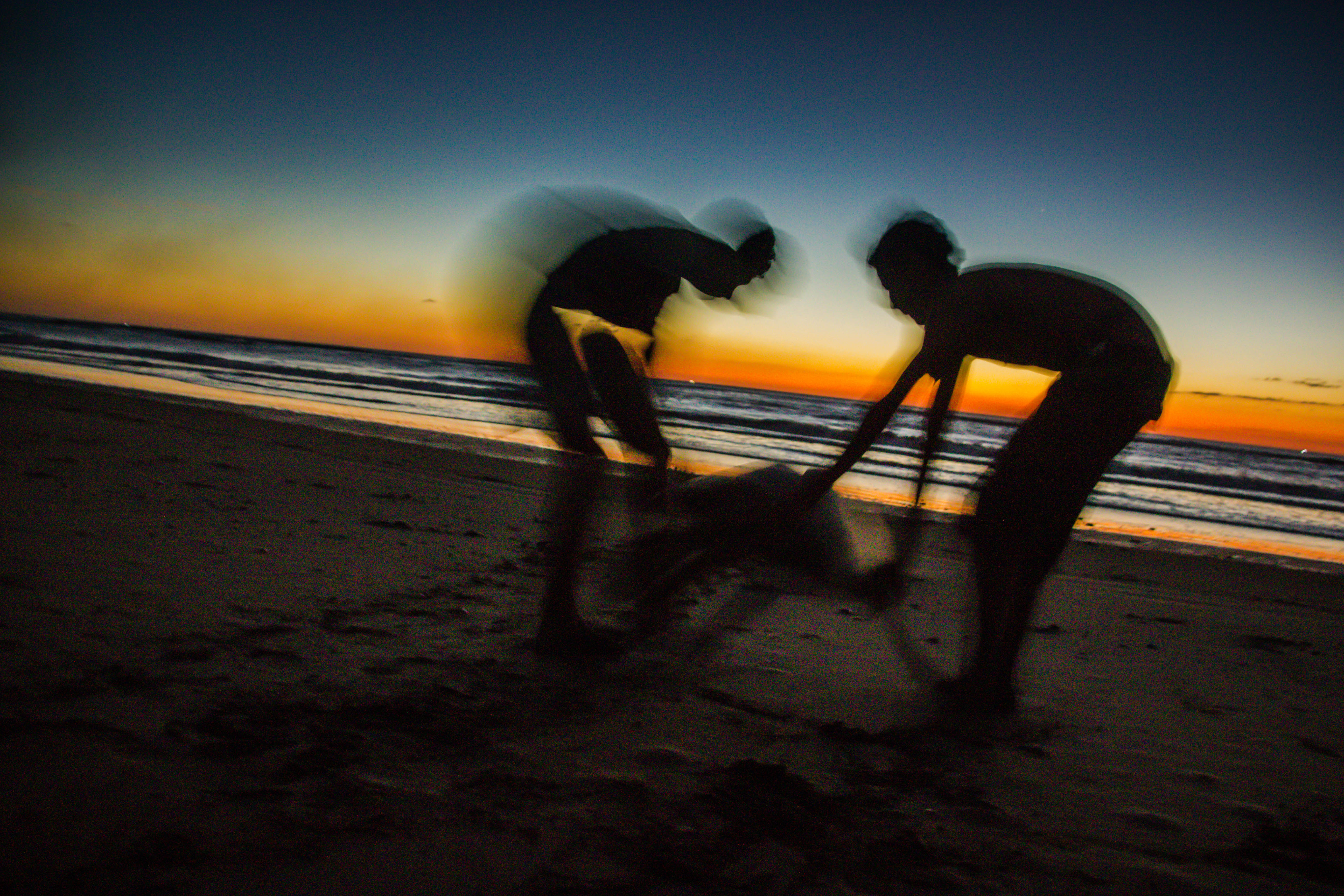
 Aaron Roth – HOPE International – “Feels Like Home” – Dec. 2012
Aaron Roth – HOPE International – “Feels Like Home” – Dec. 2012 Edify worldwide –
Edify worldwide –  On Christmas Day I called my Dominican family on Skype. I lived with them in their small home in a ghetto of Santo Domingo for a short bit when I first arrived to the DR, but had visited them every two or three weeks for the two years I spent in the DR. Talking with them on Skype brought back so many memories of my time in Santo Domingo, and though it had only been two months, it felt like a long time since I had been at home with them.
On Christmas Day I called my Dominican family on Skype. I lived with them in their small home in a ghetto of Santo Domingo for a short bit when I first arrived to the DR, but had visited them every two or three weeks for the two years I spent in the DR. Talking with them on Skype brought back so many memories of my time in Santo Domingo, and though it had only been two months, it felt like a long time since I had been at home with them. It hasn’t bothered me though. When I made the decision three years ago to serve overseas, I knew that I was changing some things that would remain permanent. Having a stable “home” would be a temporary enjoyment and a future plan. What became home to me was a mission, and that’s where I put my focus.
It hasn’t bothered me though. When I made the decision three years ago to serve overseas, I knew that I was changing some things that would remain permanent. Having a stable “home” would be a temporary enjoyment and a future plan. What became home to me was a mission, and that’s where I put my focus. I’ve written many times about my belief in the efficacy and strength of what we do in Edify, and what HOPE International does around the world. We have been helping people develop skills to provide more employment opportunities and income for their families, providing them the financial capital to get started, and sharing the hope of a loving God who believed that to redeem the brokenness of this world was worth sending his beloved Son to this earth. (I think it’s always important to point back to the real meaning of the holidays you know?)
I’ve written many times about my belief in the efficacy and strength of what we do in Edify, and what HOPE International does around the world. We have been helping people develop skills to provide more employment opportunities and income for their families, providing them the financial capital to get started, and sharing the hope of a loving God who believed that to redeem the brokenness of this world was worth sending his beloved Son to this earth. (I think it’s always important to point back to the real meaning of the holidays you know?) d those that I will continue working with this upcoming year.
d those that I will continue working with this upcoming year. Nicaragua my host family showed me the room where I’d be staying. It’s separated from the house, has its own bathroom, and is clean.
Nicaragua my host family showed me the room where I’d be staying. It’s separated from the house, has its own bathroom, and is clean. Edify –
Edify – 
 That memory is full and recent, and I can still taste it.
That memory is full and recent, and I can still taste it.
 when people find a true source of happiness.
when people find a true source of happiness.

















 Blog and Support Page:
Blog and Support Page:  session led by a CPA with 15 years of experience working with small, affordable, private Christian schools. Immediately their faces showed interest and they were expecting the huge price to come next, but I continued on, explaining that with his financial advice, he would walk us through how to prepare an operational budget for the upcoming school year. We’d have coffee, drinks, and sandwiches. Best of all, it would be free.
session led by a CPA with 15 years of experience working with small, affordable, private Christian schools. Immediately their faces showed interest and they were expecting the huge price to come next, but I continued on, explaining that with his financial advice, he would walk us through how to prepare an operational budget for the upcoming school year. We’d have coffee, drinks, and sandwiches. Best of all, it would be free.
 more.” It was a simple recipe: quality material, easy to understand examples, relevant training for school leaders.
more.” It was a simple recipe: quality material, easy to understand examples, relevant training for school leaders. It really makes me think about a key point, through all of my mission work down here: It matters what we believe, it matters what we do, and what we dedicate ourselves to.
It really makes me think about a key point, through all of my mission work down here: It matters what we believe, it matters what we do, and what we dedicate ourselves to. For me, I gave up a lot to be here in the Dominican Republic to serve with HOPE International and Esperanza International. I don’t make a salary here. I have been supported by my church, friends, and family. They believed in what I was doing because I believed in it myself.
For me, I gave up a lot to be here in the Dominican Republic to serve with HOPE International and Esperanza International. I don’t make a salary here. I have been supported by my church, friends, and family. They believed in what I was doing because I believed in it myself.



 astronauts that your youth leaders deemed rugged enough to survive a few test orbit missions from your summer camp launch pad.
astronauts that your youth leaders deemed rugged enough to survive a few test orbit missions from your summer camp launch pad. people a hand up, not a hand out. We make loans to those who live in economic poverty to help them start sustainable businesses to help them improve their economic situation on their own.
people a hand up, not a hand out. We make loans to those who live in economic poverty to help them start sustainable businesses to help them improve their economic situation on their own.
 electricity, and just 2 months ago, they got their first paved road.
electricity, and just 2 months ago, they got their first paved road.


